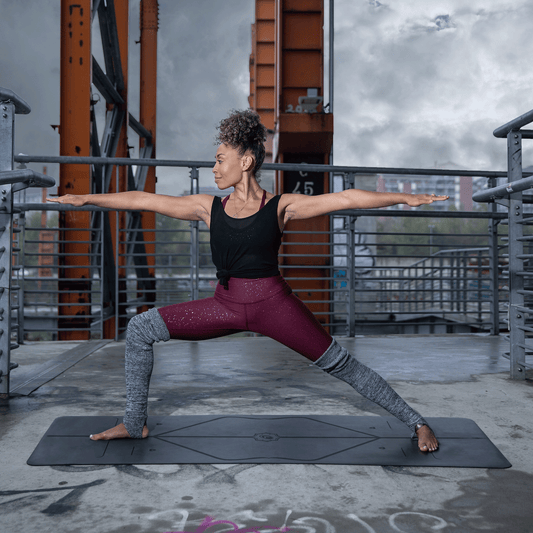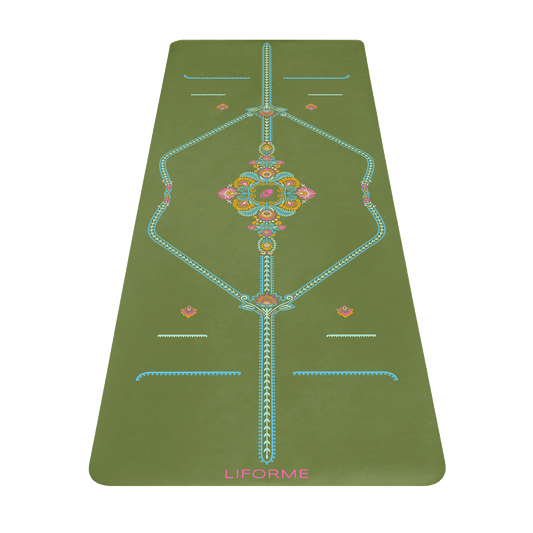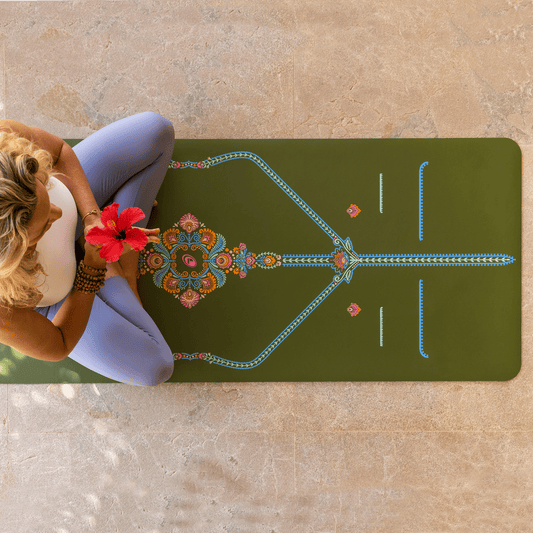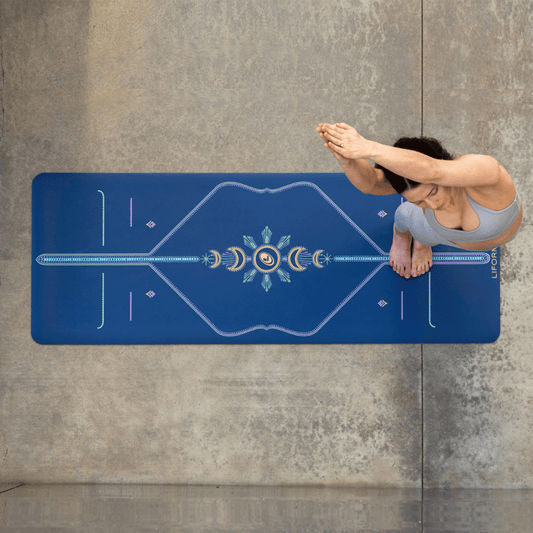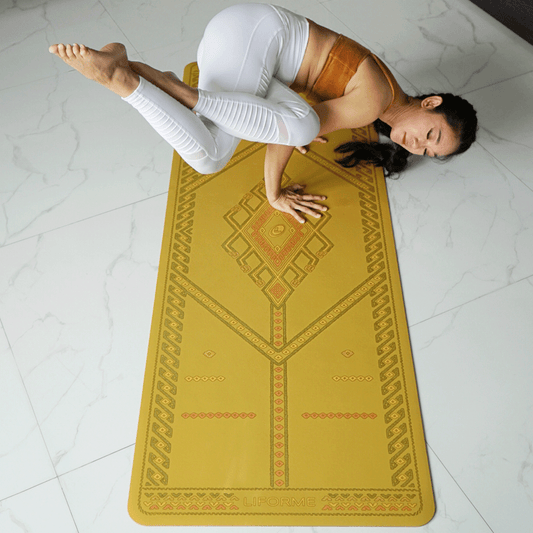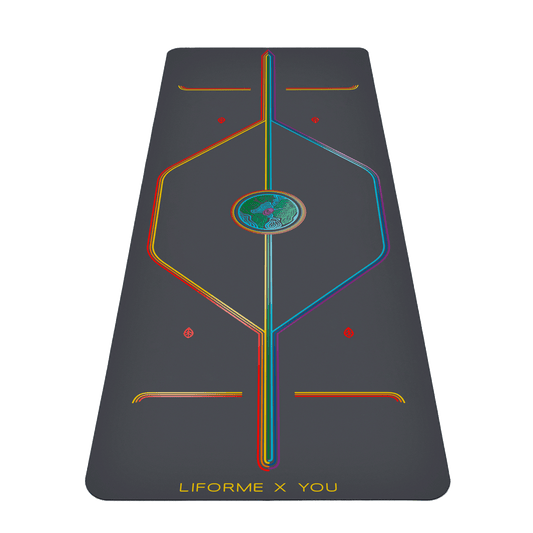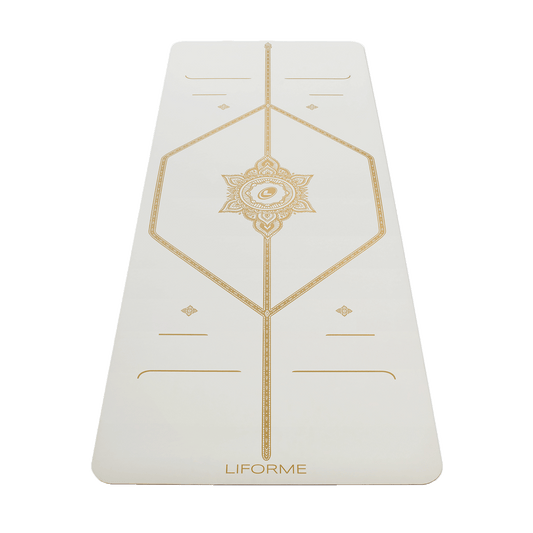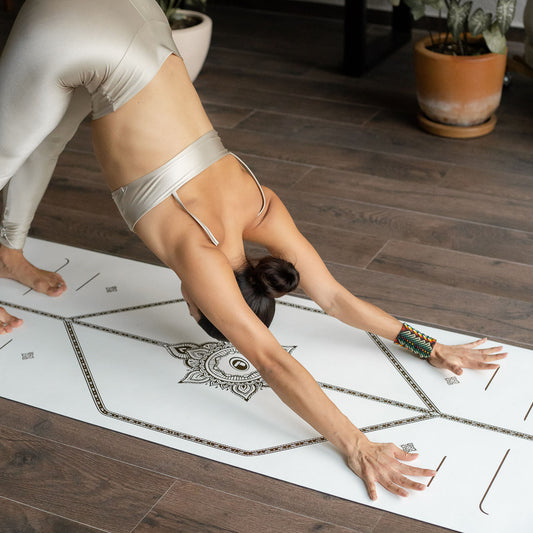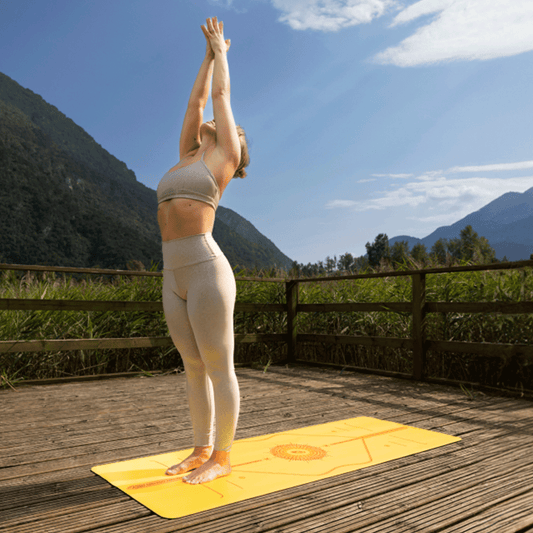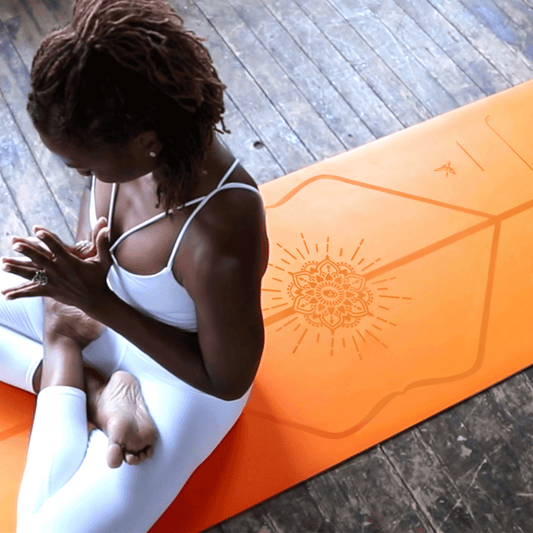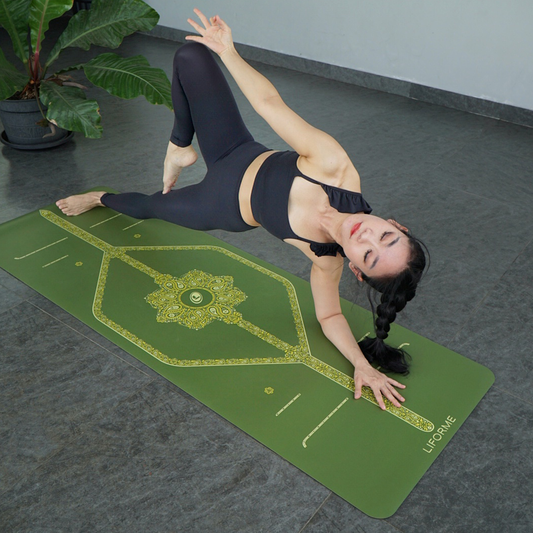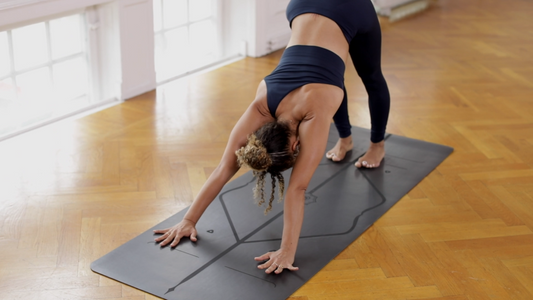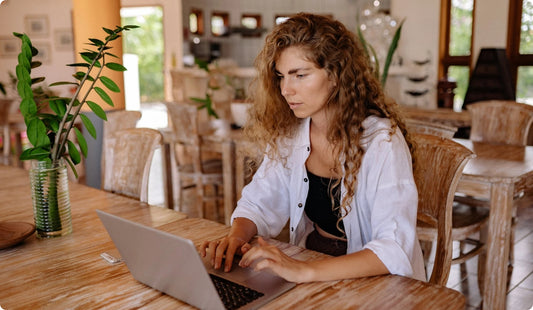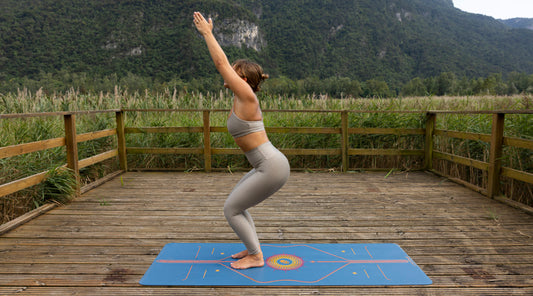Paschimottanasana puede activar uno de esos temidos "¡No puedo tocar mis dedos de los pies!" Momentos para nuevos yoguis, pero nunca temas. Tocar los dedos de los pies no es el objeto de este (o cualquier) yoga hacia adelante. En cambio, es un subproducto de abrir los isquiotibiales. Si eso todavía te pone nervioso, no te preocupes. Hay versiones de esta postura para todos los niveles de yoga y muchas formas de adaptarlo para que se ajuste a su cuerpo.
Sentado Forward Fold Poss Basics
Significado sánscrito: Pasquima (Oeste; la parte posterior del cuerpo) Uttana (Estiramiento intenso) Asana (Pose)
Nivel de yoga: Principiante
Tipo de pose: Sentado
Beneficios:
• Abre tus isquiotibiales
• Estira la espalda
Señales de alineación clave
1. Gira tu pelvis
Mucha gente se curva hacia adelante redondeando sus espinas. En el yoga, hay un enfoque diferente. Las curvas hacia adelante se originan en la pelvis. Imagine la pelvis que se inclina hacia adelante para rotar la parte superior del cuerpo hacia adelante sobre las piernas.
2. Levanta tu asiento
Si es difícil sentarse en el piso con una columna recta, tome una manta doblada o reflexione debajo de su asiento para elevar sus caderas.
3. Mantén tu columna
Hay versiones de esta pose con una columna redondeada, pero preferimos mantener la espalda recta. Puede que no vaya tan profundo, pero obtiene más beneficios.
Instrucciones paso a paso
1. Comience sentado en pose del personal (Dandasana) con las piernas extendidas y la columna vertebral larga. Use el relleno debajo de su asiento si lo desea.
2. Flexione los pies para enganchar las piernas.
3. Inhale y levante los brazos por encima.
4. En una exhalación, comience su pliegue hacia adelante. Recuerde inclinar su pelvis hacia adelante para iniciar su movimiento.
5. Puede tomar varias respiraciones para llegar a su pliegue completo. Songa la columna vertebral de tu inhalación y profundice tu pliegue en tus exhalaciones.
6. Afire sobre los dedos de los pies, los pies, los tobillos o las piernas. Usa esa tracción para tirarte un poco más profundo.
7. Una vez que haya bajado lo más posible, mantenga la posición con una columna recta para unas respiraciones.
8. Siéntate nuevamente en una inhalación.
Consejos para principiantes
1. No importa si tus dedos alcanzan los dedos de los pies o no. En su lugar, puede agarrar sus pies, tobillos o terneros exteriores. Priorice mantener su columna vertebral recta y sus hombros en sus cuencas.
2. Una correa es una opción realmente buena en esta postura para los yoguis de cualquier nivel. Coloque la correa alrededor de sus instantes y sostenga un extremo en cada mano. Tire de la correa para avanzar.
Poses preparatorias
Calentar tus isquiotibiales es una buena idea. Los estiramientos sentados a menudo se realizan al final de una sesión de yoga por este motivo.

Perro hacia abajo (Adho Mukha Svanasana)
Venga las piernas doblando una rodilla a la vez mientras libera el otro talón hacia el piso.

Plegado hacia adelante (Uttanasana)
Esta es la misma posición que Paschimottanasana giró 90 grados. Su pliegue hacia adelante en Uttanasana se beneficia de la gravedad, por lo que es una buena manera de prepararse. También puede tener una mejor idea de la acción de girar la pelvis en una posición de pie, que luego puede aplicar a una posición sentada.
Posturas de mostrador

Pose de altar (arriba en la mesa de la mesa)
Para contrarrestar la apertura de la parte posterior de su cuerpo en Paschimottanasana, abra suavemente la parte delantera de su cuerpo.




